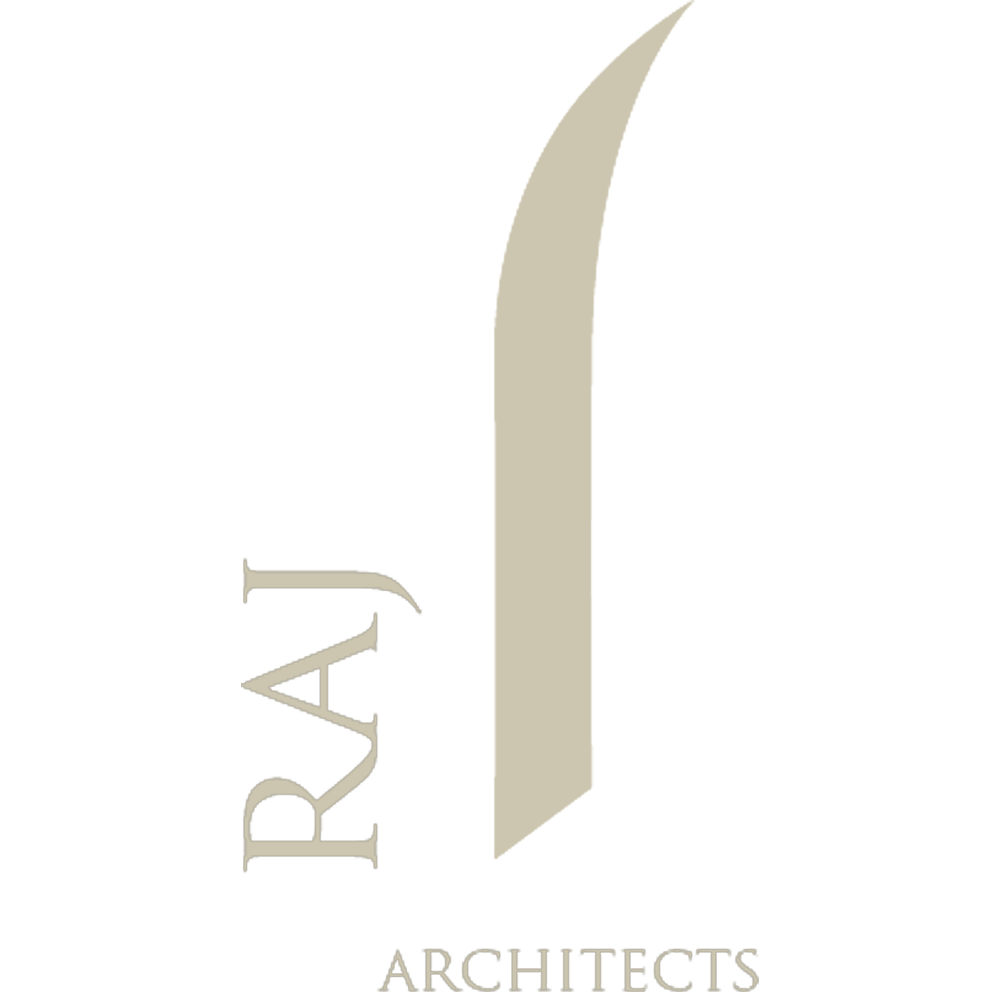For several years, theatre design has been extremely important as musicals, worship products, plays and others occur within theatres exclusively. From a simple backdrop to sophisticated LED projections, anything is possible and the stage designer will always be an indispensable member of the team.
Choose every area carefully
When it comes to theatre design, all top architects you should choose every area carefully. The stage generally consists of several platforms. Some of them contain a proper feature while others are just temporary. Some of the different types of theatres include:
Thrust theater
This contains an audience who are surrounded on three different sides. The other side will serve as a background would. In this sort of arrangement, it is also seen as a rectangle or a square. You can also try other shapes as they did in the Elizabethan Era.
End-Stage
This one is extended from one side of the wall to the other side of the wall, just like a stage of thrust is.
Arena Theatre
Backstage is quite behind the wall. They have
no real wing space and there could be entrances located elsewhere.
The Proscenium
This is a common type and is known as the picture frame stage. It has a huge opening and also faces the audience and views just one scene side.
Let the stage tell the story
The best architects have to be able to create sound, costumes, lighting, sounds that can serve the purpose of the play. If the play takes place during dinner, the lighting can then serve the play’s purpose. For example, if the play takes place in the diner, then the stage designer can recreate the diner as well. However, there is a lot more to the art than just creating reality. Sometimes the designer creates clothes than characters depending on the situation. This will help them describe the character to the audience.
Create the atmosphere
The production mood can shift at any time. It is upon the designer to support the mood. The best way it can be done is with lighting. The set designer should design the set in such a way that it will reflect light and the designer can take it in a way to show the mood for the spectators. The designer must be able to create the mood and dark costumes should be able to evoke a certain mood.
Create focus and composition
Generally, the visual composition is most well. This will include how big and small the items have been arranged on the stage. It will take care of the account, texture, form, and mass of all items present on the stage. The composition can also create a sense of chaos, stability, and ease. It’s always better to focus on the lighting and stage composition. The interior designer can intensify different parts of the stage to guide the eyes of the audience.
Reveal the space
The designer should be able to change the perception of space people generally assume. Reality tells us that the stage can be located within a big black box which is called a theater. Through the art of design, the audience is made to believe that space can be changed dramatically. It can be communicated through the craft of designers as well as the imagination of others.
Keep the theater flexible
Flexible stages are generally those who don’t establish any relationship that is fixed between the house and the stage. They will put into any standard theatre or forms of those in between. Generally, there is no distinction required between the stage, the audience and the auditorium.
Sound quality also matters
Even though theater performances require visual mediums, poor quality of sound can destroy to even the best of plays. Sound is generally overlooked but you will also require proper sightlines as well as sound lines. The auditoria must be designed with everything in mind.
Keep the seating area comfortable
The space for walking and seating area should be comfortable enough. You should make sure to check for the safety of the theatre, especially since it gets dark during performances, the edges of the isles are marked with smaller lights.
